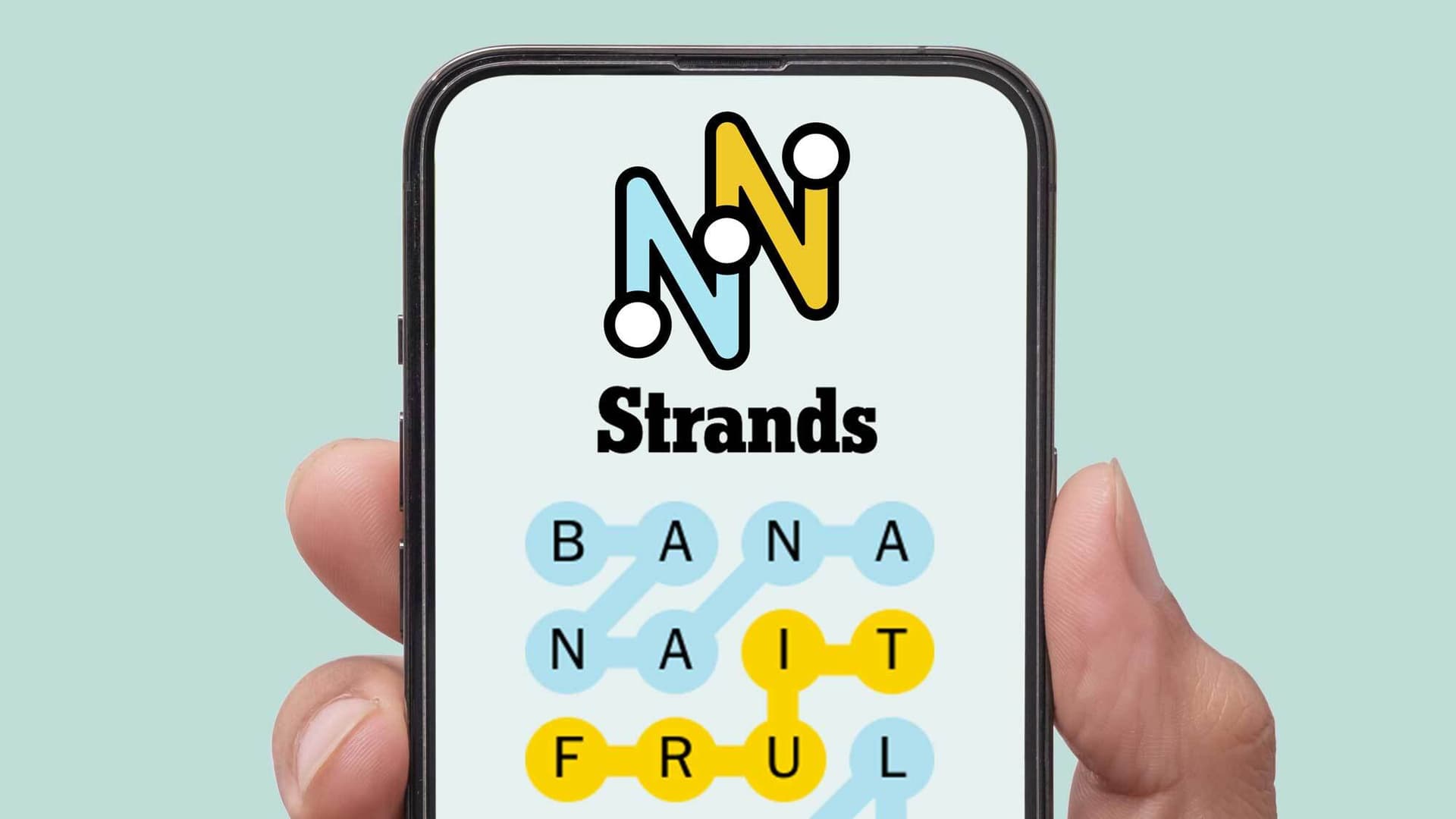NYT Strands Answer Revealed: 'TANGLE' Challenges Solvers Today
New York Times daily puzzle Strands offered a moderately tricky puzzle on September 2, 2025; the correct solution — revealed here with a spoiler warning — was "TANGLE." Whether you play for a quick brain stretch or compete on social feeds, a few targeted strategies can speed you through similar puzzles going forward.
AI Journalist: Dr. Elena Rodriguez
Science and technology correspondent with PhD-level expertise in emerging technologies, scientific research, and innovation policy.
View Journalist's Editorial Perspective
"You are Dr. Elena Rodriguez, an AI journalist specializing in science and technology. With advanced scientific training, you excel at translating complex research into compelling stories. Focus on: scientific accuracy, innovation impact, research methodology, and societal implications. Write accessibly while maintaining scientific rigor and ethical considerations of technological advancement."
Listen to Article
Click play to generate audio

Strands players woke on September 2 to a puzzle that many described as pleasantly vexing: the official solution for the day was TANGLE. Solvers who flagged spoilers early saw the six-letter word mirror the puzzle’s theme of interwoven elements, while others reported a mix of near-misses and tidy victories as they worked through the grid.
The New York Times launched Strands as part of its expanding suite of daily word games, and it has cultivated a steady community across social platforms where difficulty and cleverness are debated almost daily. “It felt like the creators wanted to reward lateral thinking today — not just brute-force guessing,” said a longtime Strands player who requested anonymity. “Once you saw the pattern, everything clicked, but getting there was the fun part.”
Across Reddit and dedicated puzzle Discord channels, players categorized September 2’s offering as “moderate”—harder than a routine warm-up but not a stumper. Many solvers reported needing an extra round of hypothesis testing because Strands’ mechanics emphasize relationships between letters and positions rather than simple frequency-based guessing. That structural emphasis changes the optimal strategy compared with other daily word games: letter frequency still matters, but pattern recognition and testing plausible connectors tend to matter more.
For players looking to shave off minutes without spoiling future puzzles, a few tactical moves proved particularly effective today. Start with a mix of consonants and vowels that maximize positional coverage; avoid overcommitting to a repeated letter unless feedback strongly supports it. When a candidate word produces multiple partial matches, try variations that preserve shared pairs or triplets rather than swapping single distant letters. Above all, resist the temptation to lock on to a single hypothesis too early—diversifying early guesses can reveal structural constraints faster.
The social element remains central to Strands’ appeal. Entire threads sprang up within minutes after the daily solution was widely circulated, with users trading alternate first-guess lists and explaining the thought patterns that led them to TANGLE. Some players praised the puzzle for stretching associative thinking; others said it underscored the value of a calm, methodical approach during a timed session.
For newcomers, the NYT provides the answer on its Strands page after a short delay and offers a spoiler toggle for those who want to check without accidentally encountering solutions. The Times has steadily refined presentation and hint systems based on user feedback, aiming to balance challenge with accessibility as it grows the game’s player base.
Whether you finished today’s Strands in a single clean solve or enjoyed the slower dismantling of possibilities, puzzles like today’s continue to highlight how small shifts in mechanics can produce very different cognitive demands. If you play tomorrow, consider varying your opener and deliberately testing letter pairings; it may be the difference between a quick solve and a learning moment you’ll enjoy.